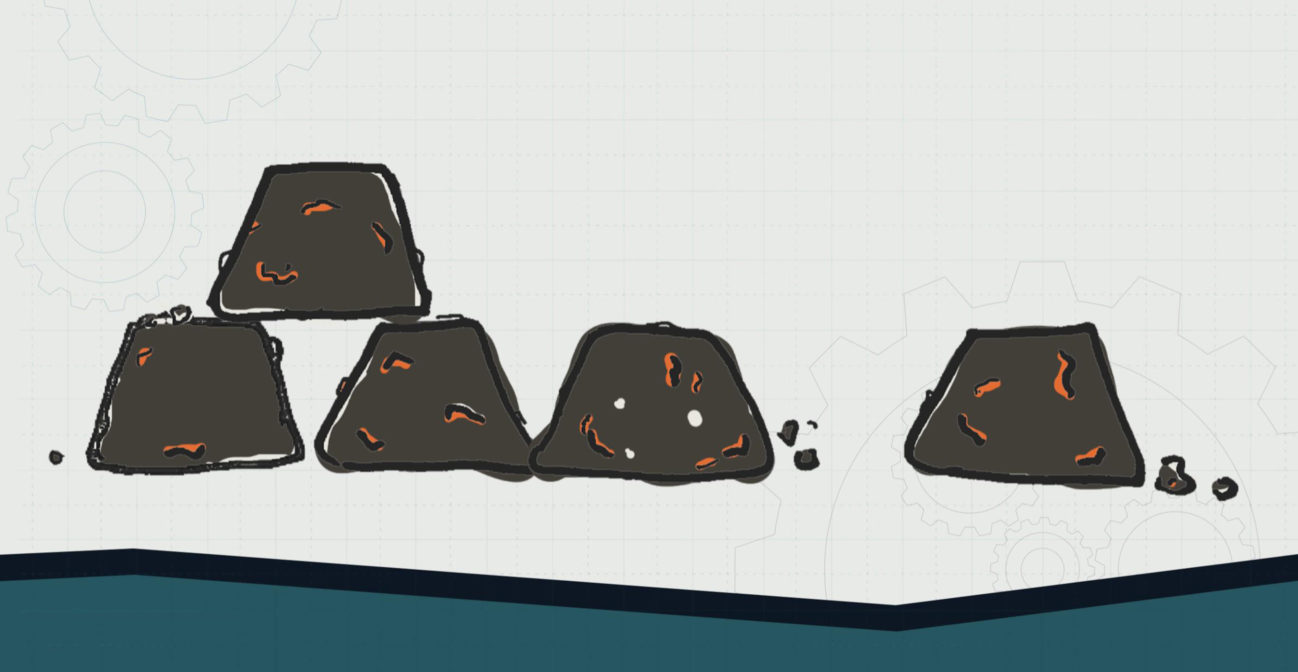Join us for conversations that inspire, recognize, and encourage innovation and best practices in the education profession.
Available on Apple Podcasts, Spotify, Google Podcasts, and more.

ELEMENTARY SCHOOL – LEVEL 1
Mud brick houses have been a part of human civilization for thousands of years. Dating back to the third century B.C., there have been 15 reported archeological sites where mud brick houses have been discovered. It is a tried and true way to build nd insulate a structure. Made with simple, cheap materials that are readily available all over the world, mud bricks are a classic example of resourcing and reusing what we find in our
environment.
MATERIALS NEEDED:
❏ Dirt
❏ Water
❏ Spoon
❏ Bowl
❏ Ice cube tray
❏ Sunlight
DIRECTIONS:
OBJECTIVE: Kids will be able to design a physical model of a simple shelter (connection may be used to needs of animals for survival).
ESSENTIAL QUESTION(S):
NGSS CONNECTION:
K-2-ETS1-2. Develop a simple sketch, drawing, or physical model to illustrate how the shape of an object helps it function as needed to solve a given problem.
K-2-ETS1-3. Analyze data from tests of two objects designed to solve the same problem to compare the strengths and weaknesses of how each performs.
K-ESS2-2. Construct an argument supported by evidence for how plants and animals (including humans) can change the environment to meet their needs.
COMMON CORE CONNECTION:
ELA/Literacy
R.K.1 With prompting and support, ask and answer questions about key details in a text.
W.K.1 Use a combination of drawing, dictating, and writing to compose opinion pieces in which they tell a reader the topic or the name of the book they are writing about and state an opinion or preference about the topic or book.
W.K.2 Use a combination of drawing, dictating, and writing to compose informative/explanatory texts in which they name what they are writing about and supply some information about the topic.
SL.2.5 Create audio recordings of stories or poems; use drawings or other visual displays or stories to recount the experience when appropriate to clarify ideas, thoughts, and feelings.
W.2.6 With guidance and support from adults, use a variety of digital tools to produce and publish writing, including in collaboration with peers.
W.2.8 Recall information from experiences or gather information from provided sources to answer a question.
Mathematics
MP.2 Reason abstractly and quantitatively.
MP.4 Model with mathematics.
MP.5 Use appropriate tools strategically.
2.MD.D.10 Draw a picture graph and a bar graph (with single-unit scale) to represent a data set with up to four categories. Solve simple put-together, take-apart, and compare problems using information presented in a bar graph.
DOK:
Level 1: Recall
Level 2: Concept
Level 3: Strategic Thinking
Level 4: Extended Thinking